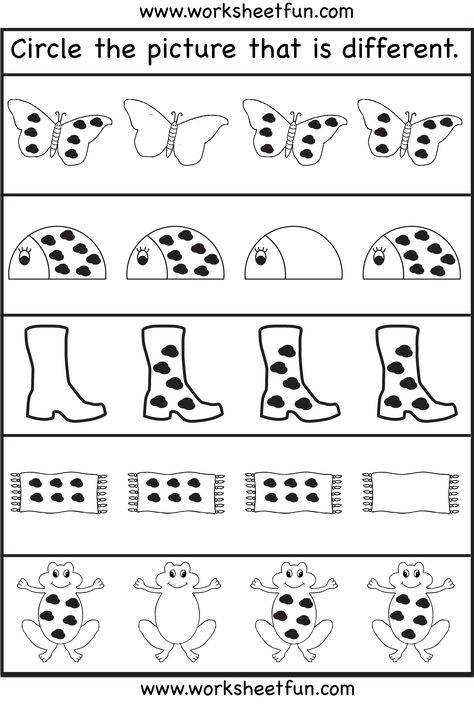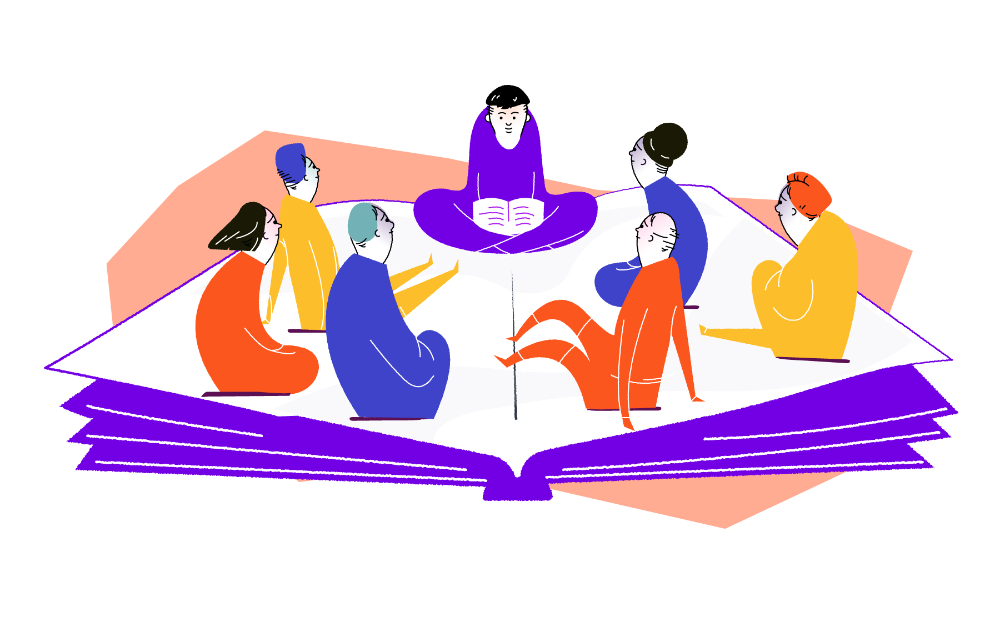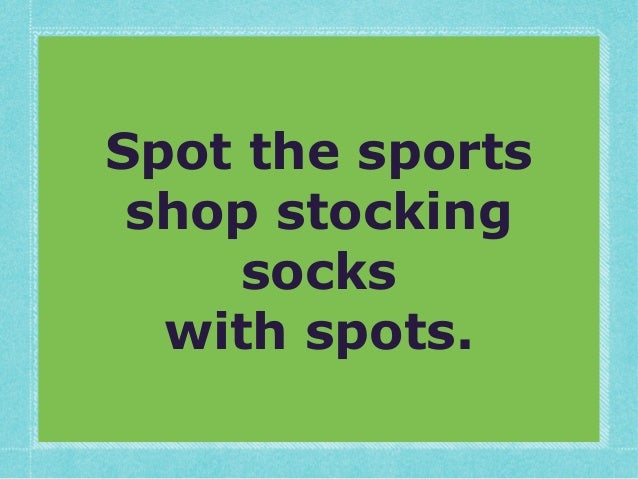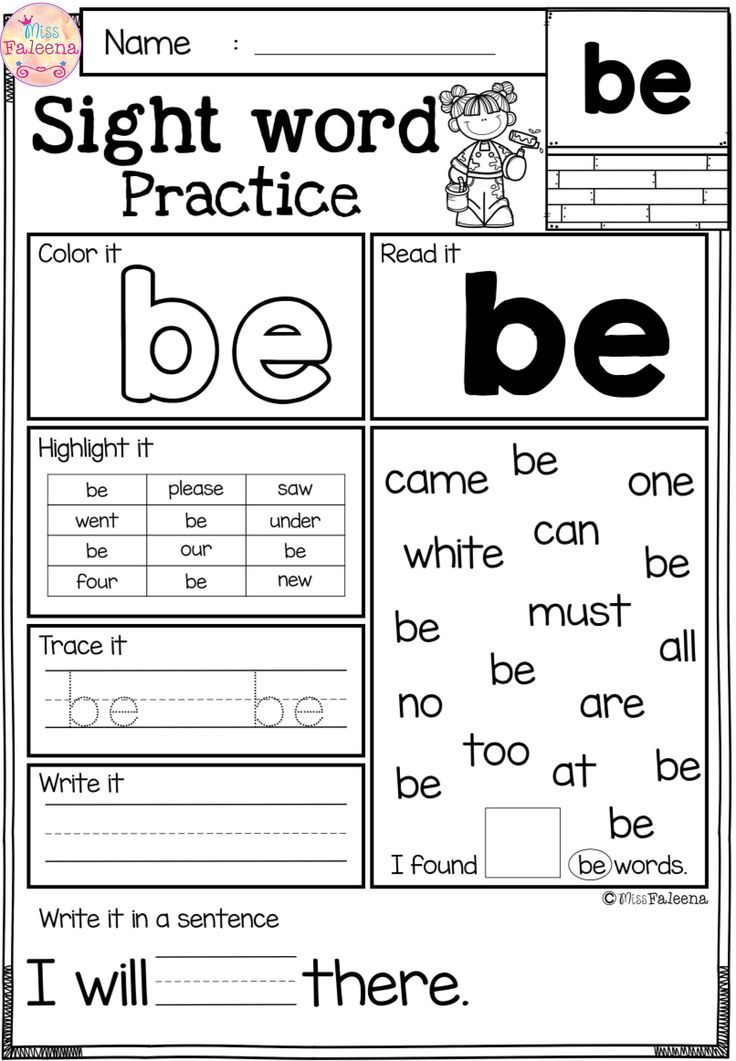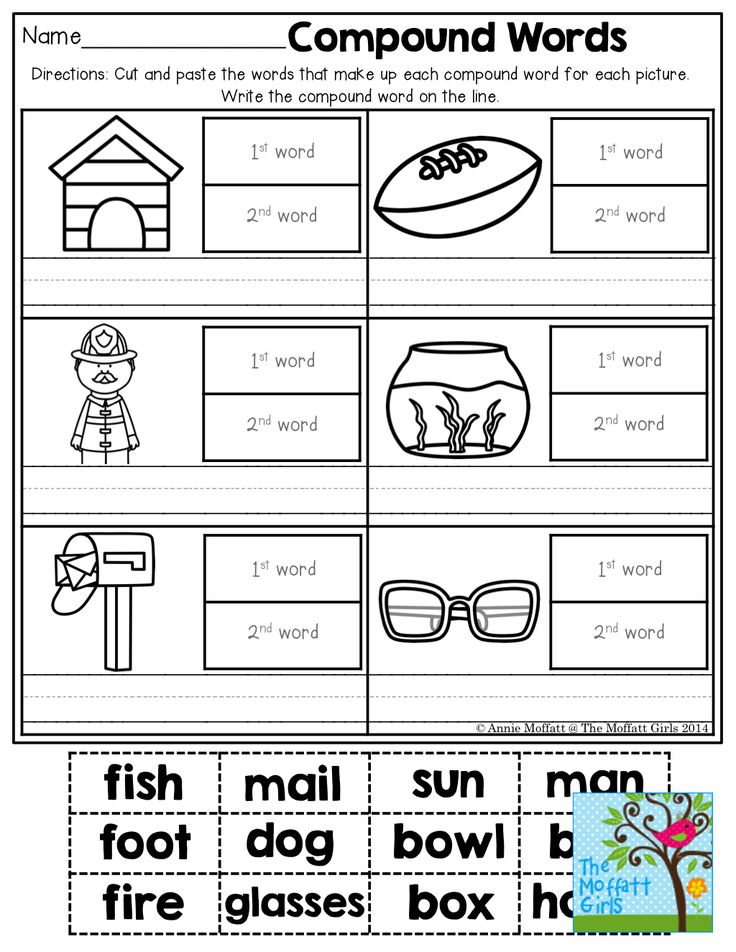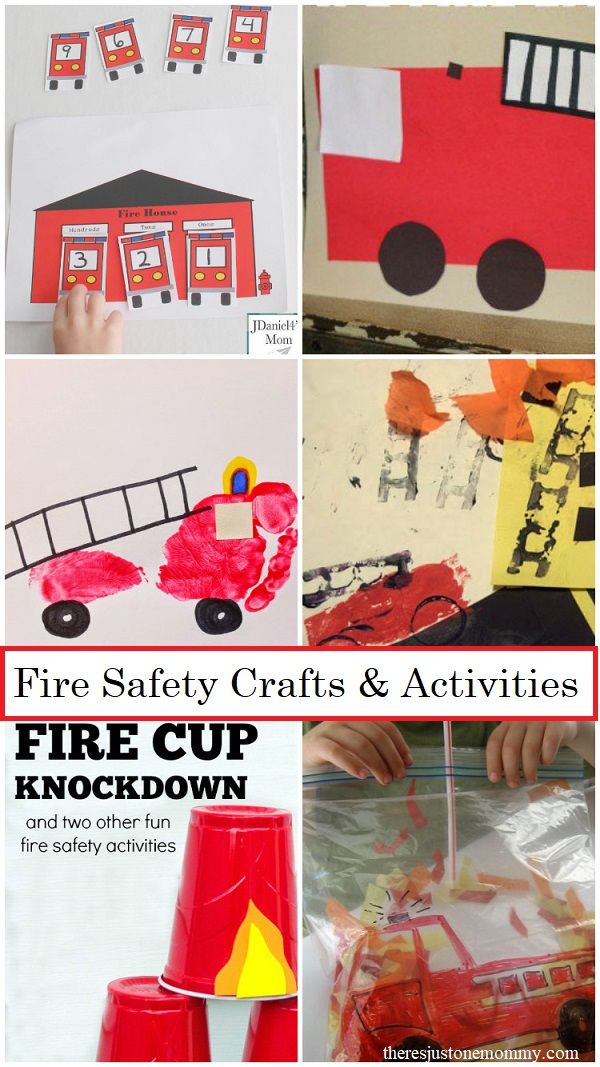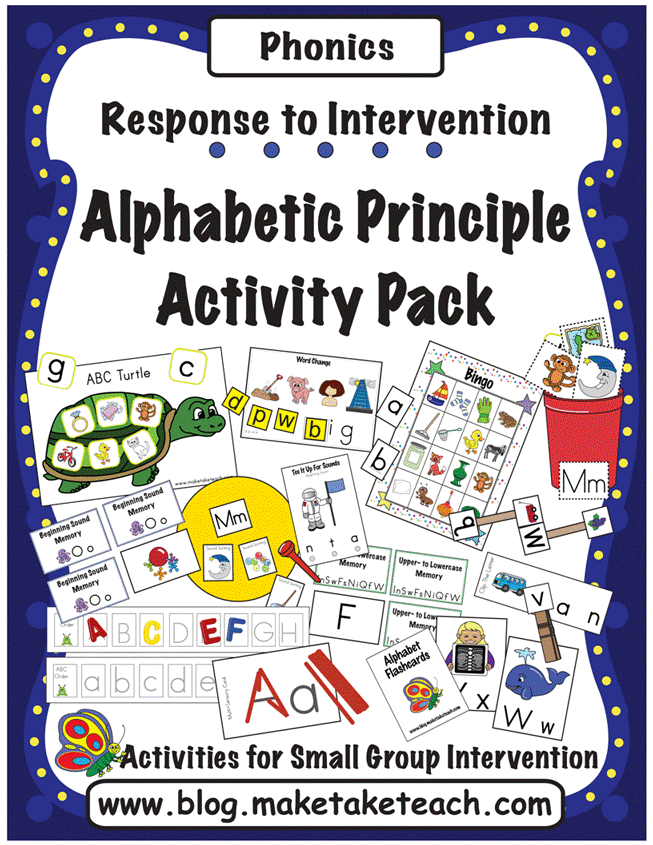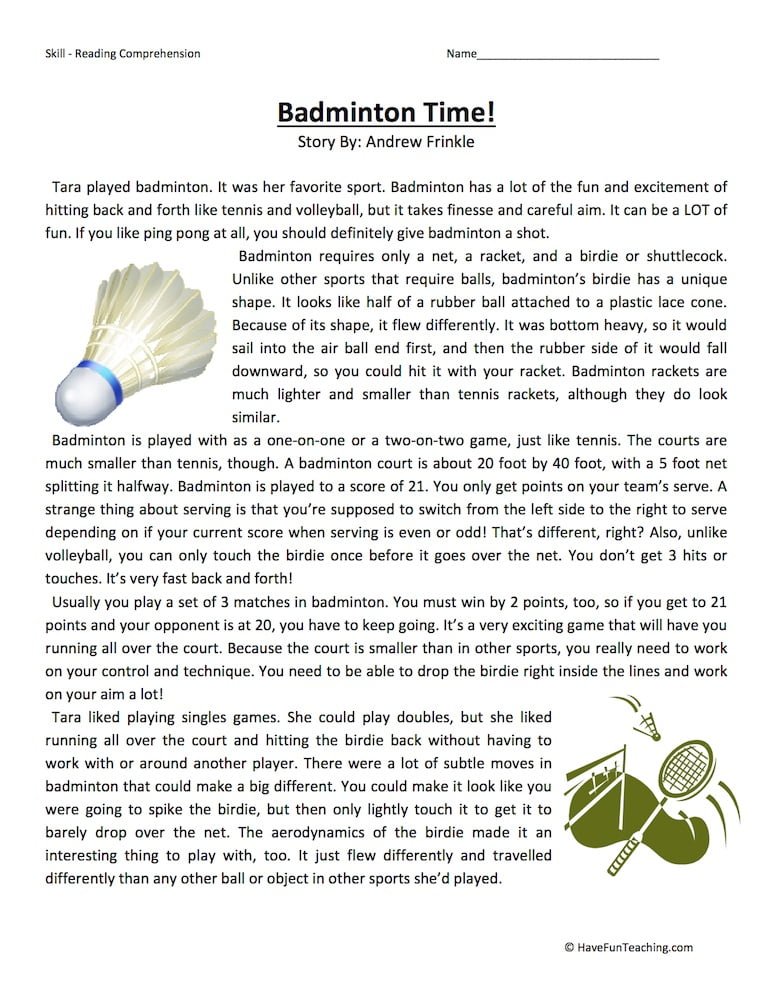Four year old learning activities
Fun learning activities for 4-5year-olds
There are loads of games and activities you can try out with your little ones to have fun together and get them developing speaking and listening skills, building vocabulary, counting and other early literacy and numeracy skills.
We’ve pulled together our top seven ideas here and hope you’ll have fun testing them out!
1. Read books together
- Read books of all kinds to your child: picture, words and pictures, pop up, information and poetry
- Why not choose a free eBook from our library to share on-screen together?
- What child doesn’t love hearing a good story? Visit our storyteller page to watch videos of storytellers reading favourite traditional stories.
2. Go to the library
Visiting the library is a great way to explore books together. The library gives your child the chance to discover, flick through and choose from a wide range of different types of books, including fiction, non-fiction and poetry. Many libraries have singing or rhyming sessions for pre-school children. Best of all, it’s somewhere fun to escape to on a rainy day!
3. Sing counting songs
Singing helps children to develop their speaking and listening skills and to have fun with words. Counting songs, like ‘1, 2, 3, 4, 5 … Once I caught a fish alive’, can help your child to have fun with numbers.
Other songs such as ‘Ten Green Bottles’ or ‘Three Little Frogs’ progress in reverse order, which can be especially helpful when young children start thinking about adding and taking away. Using fingers as counters can be a useful way to make a visual link between numbers and quantity.
4. Cut and paste
Using scissors is a useful skill and is a great way to develop co-ordination, control and build strength. Many children find scissors tricky to master so they need lots of practice.
Make paper chains together or ask them to find particular photos in magazines and catalogues (by colour or other categories) to cut out and then stick them into their own pictures.
5. Dressing up
Dressing up and role play are great opportunities for talking and listening and for imaginative play. On a practical level, a fun dressing up session can help your child to practise getting themselves dressed. You can fit in a sneaky bit of training with those tricky zips, armholes and buttons.
6. Play maths games
Try these fun intercative games with your little ones to practise maths skills and help to build your child’s confidence. Most children love playing games and it’s an easy way to support their learning.
What’s Inside?
It’s present time! Link the wrapped present to what’s inside by matching the shapes.
Match the Shape
Look at the picture and find all the hidden shapes.
Visit our fun maths activities page for a selection of activities and resources designed to help you enjoy maths with your child.
7. Cook together
Cooking with your child is not only fun but it’s an excellent way to begin to talk about maths – counting eggs for a cake recipe, more or fewer toppings for a pizza. Let them pour liquids or spoon flour to develop eye-hand co-ordination and control. Best of all, you both get to enjoy a tasty treat at the end!
Let them pour liquids or spoon flour to develop eye-hand co-ordination and control. Best of all, you both get to enjoy a tasty treat at the end!
Why not try our banana bread and fruit smoothies recipes?
Video: Cooking with kids
Develop your child’s early maths skills, mathematical language and make maths fun by counting, measuring and estimating while cooking and baking.
4 Years - 5 Years
Sensory Play with Gloop:
If you haven’t made Gloop yet, then this is a must for any toddler or child to try. It is super fun and super messy, I am not sure who had the most fun, me or the kids!! Gloop is an interesting mixture with a unique texture to explore and play with. Playing with Gloop is a fabulous sensory and science activity to learn about the concepts of what a solid and liquid is. Read more…….
Read more…….
A Rainbow Salt Tray: A great and fun activity to practice writing alphabet letters. Why would you need crayons, textas, pencils and paper to draw when you can have more fun with a Rainbow Salt Tray? Read more…..
Paint Pops: Making painting fun using frozen paint on a pop stick. Create endless paintings as the paint melts! Read more……
Back Yard Water Park: We set a range of different theme stations for the kids to play and explore, some were more sensory play based and others were imaginative play based. Altogether we had seven water play stations in our Back Yard Water Park. Read more…..
Counting and Subitising: We often recognise the number associated with a particular pattern straight away, even before we have had time to count the items. These dice activities I have set up for Miss 4 is to practice and develop her subitising skills and to also involve Miss 2 to help her begin this learning of subitising and also counting.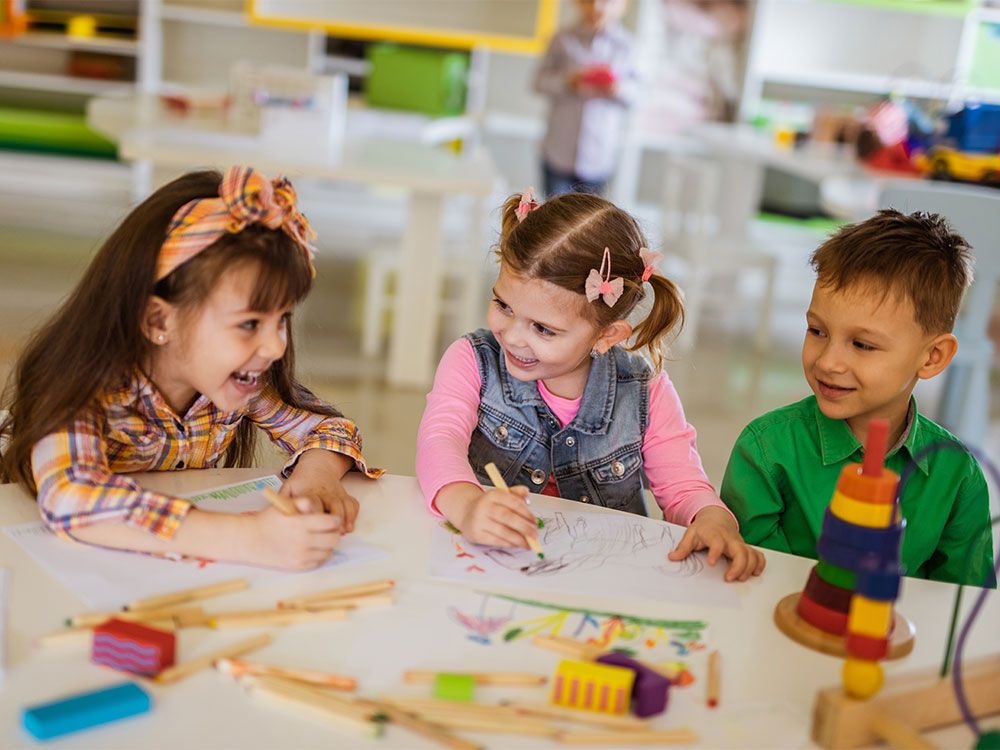 We have used a number of props and fun drawings to make the learning fun and motivating! Read more…..
We have used a number of props and fun drawings to make the learning fun and motivating! Read more…..
Number Sort: Number sort is a fun, hands on activity to play and learn with numbers. It sets a challenge of searching for specific numbers amongst a jumble of numbers. Read more…..
Sensory Alphabet Hunt: Making learning your alphabet fun by searching for alphabet letters in a sensory tub with strawberry scented and pink coloured rice. This sensory play activity is a great game to motivate kids to learn their alphabet. Read more…..
Create a Spring Play Dough Garden: Here is a great spring theme activity for the kids, creating a Spring Play Dough Garden. The play dough has been scented with a herbal shampoo to smell like flowers and is textured with small coloured flower petals. It is a great activity for kids to explore their creativity and imagination as they create their very own spring garden. Read more…..
Stand Up Alphabet: The Stand Up Alphabet is one of my favourite activities here on learning4kids! Once you have made your own set, you can use them for a range of literacy activities Read more….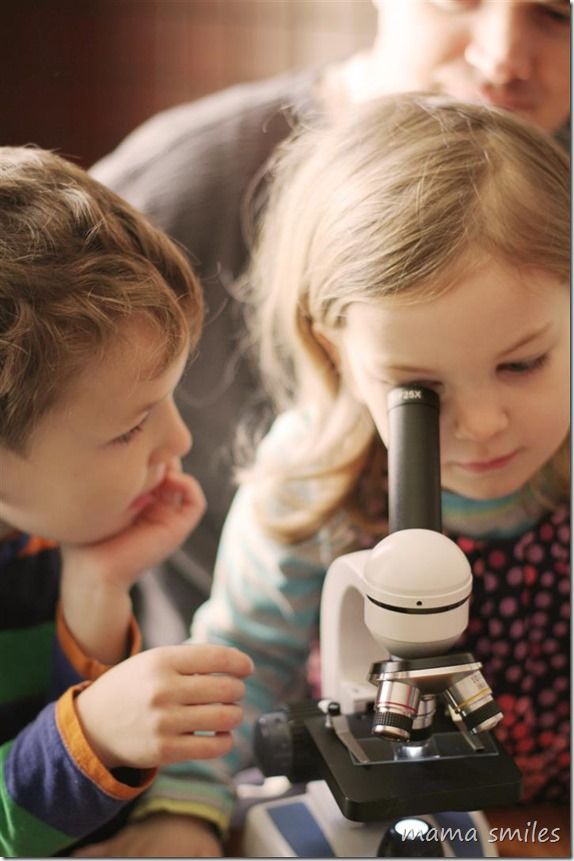 .
.
Homemade Number Chart and Memory Cards: Making a number wall chart and a set of memory game cards using number paintings from a previous number painting activity. Read more……
Imaginative Play – Planting a Garden : Coming Soon!!
Jelly Play Dough Critters: Recently I shared a recipe for Jelly Play Dough; this is what we did with it! We created some funny Jelly Play Dough Critters, frogs, owls, funny faces, monsters and a little kitten. The ideas and the imagination are endless. Read more…..
Coloured Felt Ice Creams: This is such a fun hands on activity for kids to promote the learning of colours while playing creatively and making felt ice creams. This activity involves kids to creatively stack coloured felt ice cream on top of felt cones and then label the colours with Velcro cards. Read on to find out more and print your own! Read more…..
Hippity Hop Sight Word Game: Hippity Hop Sight Word Game is a fun and interactive game to help motivate and encourage kids learn their sight words. Read more…..
Read more…..
How to make a Foaming Monster?: Why does it bubble? The reaction between the vinegar and bicarb soda makes carbon dioxide, which causes tiny bubbles to form. Why does it come out its mouth? The dish liquid mixed with the vinegar/bicarb combination causes a reaction that makes the foam pour out of the monster’s mouth. Read more…..
Imaginative Play Wet Washing: Imaginative play washing line is so simple to put together but yet so effective for kids to pretend, engage and make sense of their world. Practising and experimenting with the various skills they will take into adulthood. Read more…..
Marble Painting: Create some fun masterpieces with paint and marbles. Rolling marbles through paint on top of a sheet of paper creates some fun and interesting patterns. Read more……
Number Cookies: An irresistibly yummy numeracy activity for kids! So much learning happens when we cook with our kids.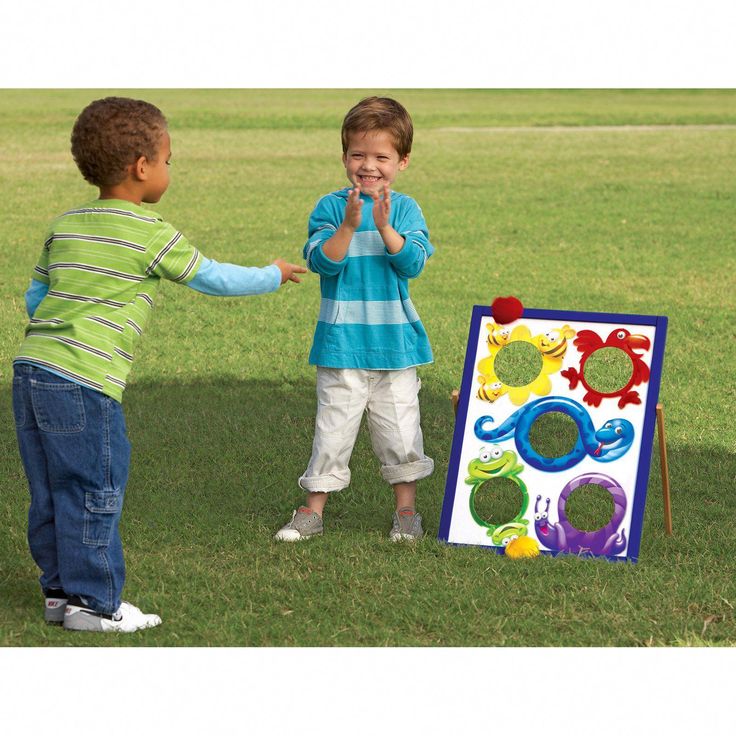 The social interactions, processing information, following directions, problem solving and coordination. Read more…..
The social interactions, processing information, following directions, problem solving and coordination. Read more…..
Pompom Hockey: Getting active indoors when the weather is too hot or too cold and wet to go outside with Pompom Hockey. It will entertain the kids for hours!! It is a super simple activity you can set up at home for the kids, that is fun, challenging and exciting. It also gets little bodies moving! Read more….
DIY Skittles & Games: Our Homemade Skittles would have to be one of the most played with toys in our house. My girls are continuously finding new and fun things to do with them. Read more….
Washing a Toy Baby: Watching Mum and Dad washing a baby sibling is an example of an experience that children copy and re-enact. Watching and learning from this experience then practising, imitating and experimenting this through imaginary play. Read more…..
Bubble Wrap Painting (shapes): Bubble wrap is so much fun to explore for kids! Feeling the various textures of the puffy bubble pouches and hearing the noise of popping them.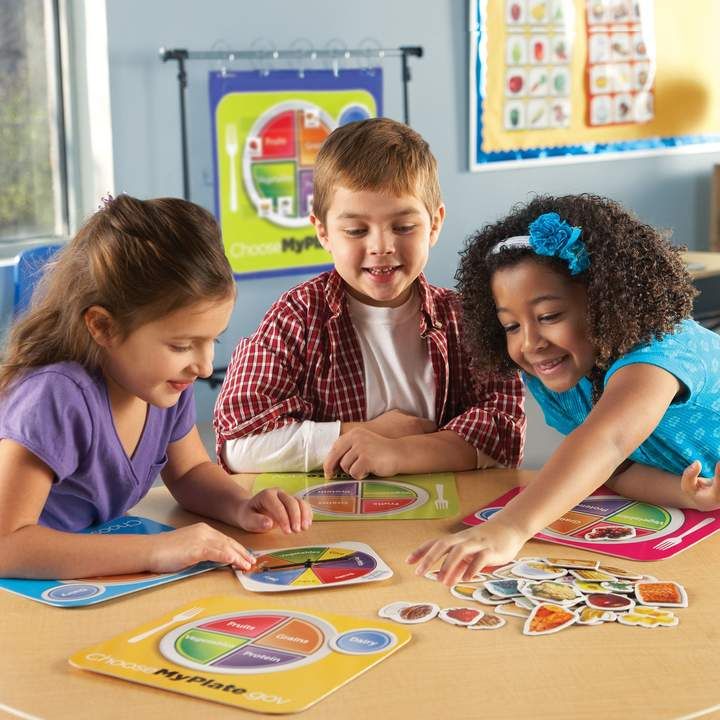 Bubble wrap is great for creating interesting patterns and shapes with paint. Here is an activity using bubble wrap painting and learning your shapes too! Read more….
Bubble wrap is great for creating interesting patterns and shapes with paint. Here is an activity using bubble wrap painting and learning your shapes too! Read more….
Alphabet Play Dough: We had so much fun playing with our Alphabet Play Dough! It is a fun activity to help kids learn their alphabet letters and build up their fine motor skills at the same time. This activity involves using play dough to create letters in the alphabet, using the FREE Printable Alphabet Play Dough Mats as a guide. Read more…..
Ice World: Ice World is a sensory activity for toddlers and pre-school children involving playing with ice, water and sea theme props. Read more…..
Invitation to Play with Paint & Sponges: Setting up an invitation to play with paint and cut up sponge pieces. It is always interesting to see the difference each child thinks creatively as they explore the paint and sponge pieces. Read more…..
We’re Going On a Teddy Bear Hunt: We have a gorgeous book which comes with a CD that tells the story of the adventure of going on a bear hunt.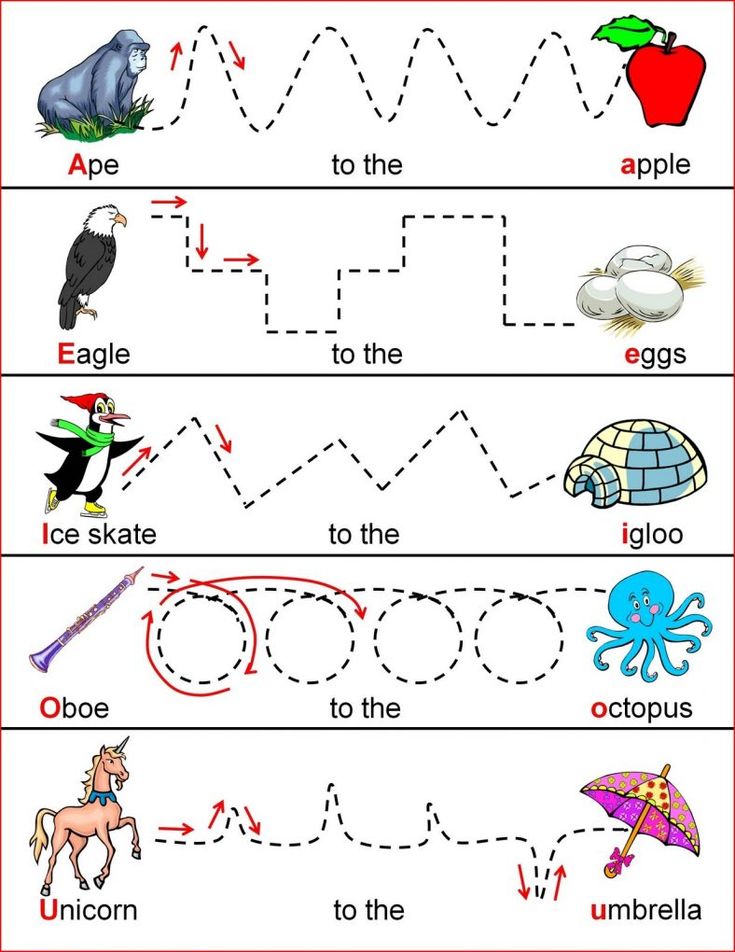 My kids have played this CD over many times as I watch them pretend to walk through long, wavy grass and run away from a bear. So I thought I would bring this story to life some more by creating the different scenes in the book. Read more…..
My kids have played this CD over many times as I watch them pretend to walk through long, wavy grass and run away from a bear. So I thought I would bring this story to life some more by creating the different scenes in the book. Read more…..
Number Play Dough: We had so much fun making numbers with our Orange Scented Play Dough. It is a fun activity to introduce or reinforce learning about numbers for kids and develop an understanding of ‘how many’ to make a number. Free printable number play dough mats. Read more…..
Bottle Top Leaf Boats: What I love about winter is that there are lots of puddles to play in. Recently after days of rain and being stuck inside, we put our rain coats and gum boots on for a splash about in the puddles. Read more….
Number Theme Play Room: The Numbers Theme Playroom Ideas was inspired and motivated by the current interests of my kids. Our play room was filled with games, activities, puzzles and other number related resources such as books and environmental print.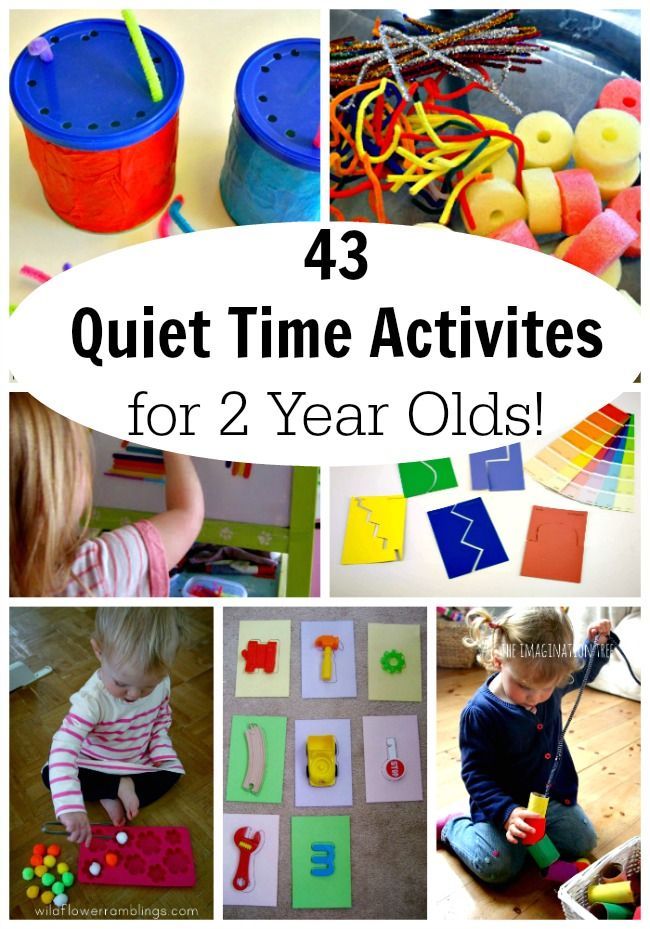 Read more…..
Read more…..
Puffy Paint: There is something magical about Puffy Paint and it is a must try for any child or toddler to paint and play with. It is super easy to make with all the ingredients you need right in your pantry and after your child has finished painting, place it in the microwave for the magic to happen…….It is SO much FUN!! Read more……
Play Dough and Buttons: Setting up an invitation to play with play dough, and buttons to inspire the imagination and creativity. Read more…..
Sorting Coloured Match Sticks: In the early years, we often hear discussions about the importance of fine motor and gross motor development in kids. Here is a great activity that is fun and exercises those little muscles to develop strength! Read more…..
Alphabet Hide & Seek: My kids get very excited when we play this game. The challenge and anticipation of searching for something brings so much fun to learning your alphabet letters! The Hide and Seek Letter Hunt involves hiding the letter pairs around the house and your child goes around finding them.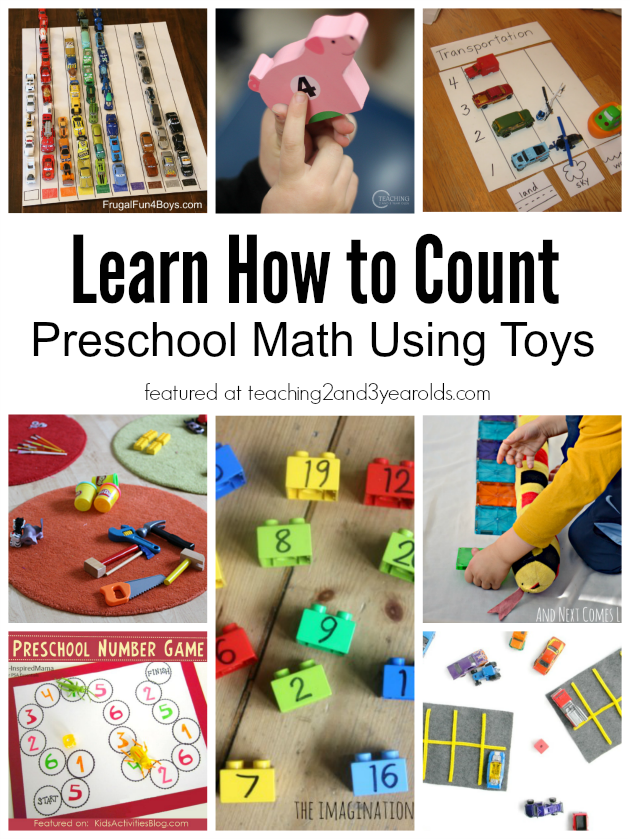 Free printable. Read more…..
Free printable. Read more…..
Counting Octopus: Octopus Counting is a fun and creative way to introduce numbers, learn to count, or for the older kids skip counting. Read more…..
Pipe Cleaner Maze: Exploring and playing with pipe cleaners and beads with the Styrofoam while exercising the fine motor muscles. Read more…..
Imaginary World of Felt: Felt is a sensory toy, brightly coloured, hands on playing, creative and great for storytelling. It brings so much imagination and learning to play times. Read more…..
Painting with Homemade Number Stamps: These Homemade Number Stamps will make learning your numbers FUN for kids as they can make endless paintings of numbers prints and sing-a-long as they learn and play! The Number Stamps are low cost, require very little materials and are super easy to make! Read more…..
Peg-A-Number-Facts: Peg-A-Number Fact is a fun maths game that allows kids to practise basic numbers sums and encourage the use of strategies to solve maths problems.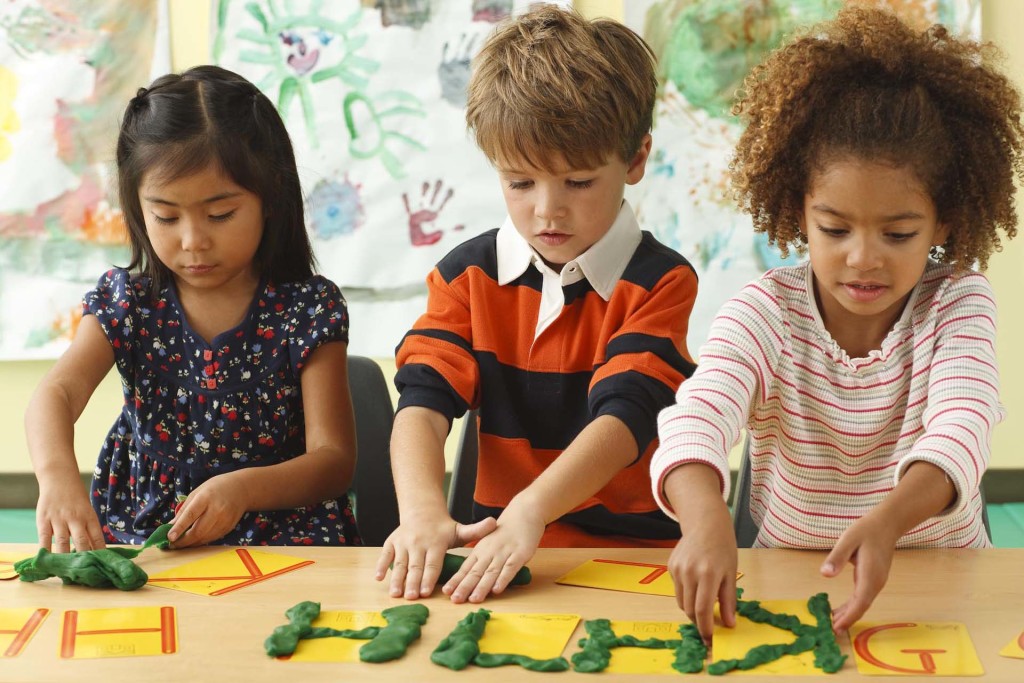 Read more…..
Read more…..
Play Dough – Bottle Tops and Straws:It is always fun to watch and see what kids will come up with when you give them simple props to promote play in an open-ended and unstructured way.
Here I have set up our activity table with play dough, bottle tops and straws to inspire the imagination and creativity. Read more…..
Imaginative Play Baker’s Shop: Imaginative play bakers shop was inspired by our mini cupcakes which we made previously. They make a brilliant prop to encourage the imaginary world in a bakers shop. Read more…..
Getting Active with Dice: Active Dice is a fun game to get little bodies moving! It is much like a blend of two games Simon Says and Twister. Free printable available to assist yo with making your own. Read more…..
Bottle Top Money: Play/toy money just does not last; it either gets damaged or lost as the coins are normally quite small! My kids love to play with pretend money and use it in their imaginative play games, so we made our very own money using milk bottle tops and printable coins.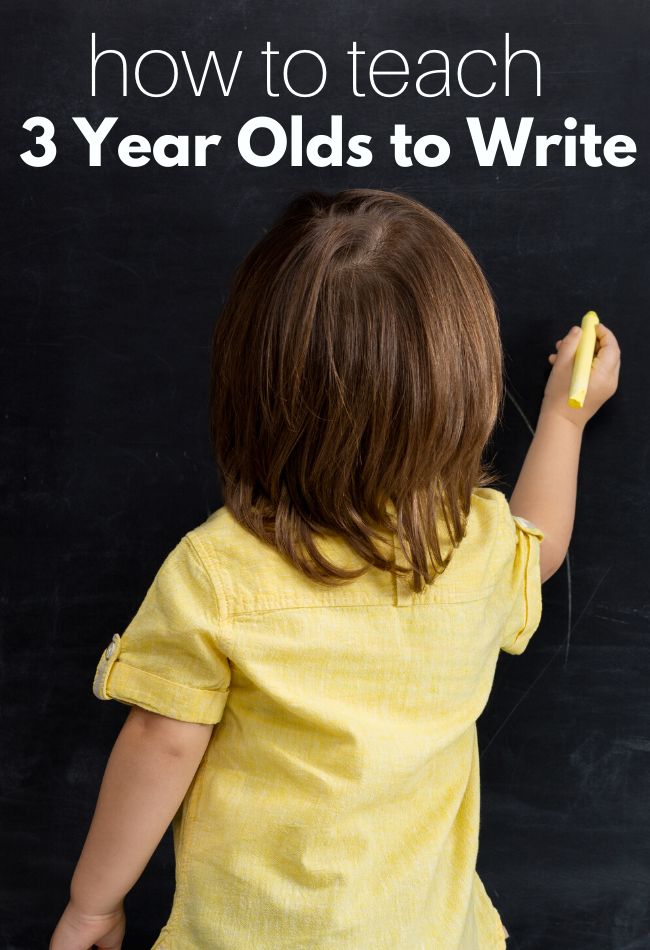 Read more…..
Read more…..
Paint Me: Paint Me is a cute and quirky activity that kids will enjoy making!
I plan to use ours as keep sake to giggle at in years to come. It is a perfect snap shot of the size of your kids hands and feet to compare with when they get older. Read more…..
Imaginative Play Ice Cream Shop: The fun and joy of exploring the imaginary world of an ice cream shop.
Today I am sharing some ideas for setting up an imaginative play ice cream shop. My girls had so much fun with this (and Dad) and took part in adding their own ideas of what they thought an Ice Cream Shop should have. Read more…..
Colourful Cellophane Sticky Art: Cellophane Sticky Art is a great activity to introduce kids to colours!! I believe it is never too early to start learning about concepts such as colour and that through setting up opportunities to play and learn will begin the journey of developing an understanding. Read more…..
Alphabet Archaeologist: Taking on the role of an archaeologist looking for artifacts and bones in the sand or in this case searching for alphabet letters.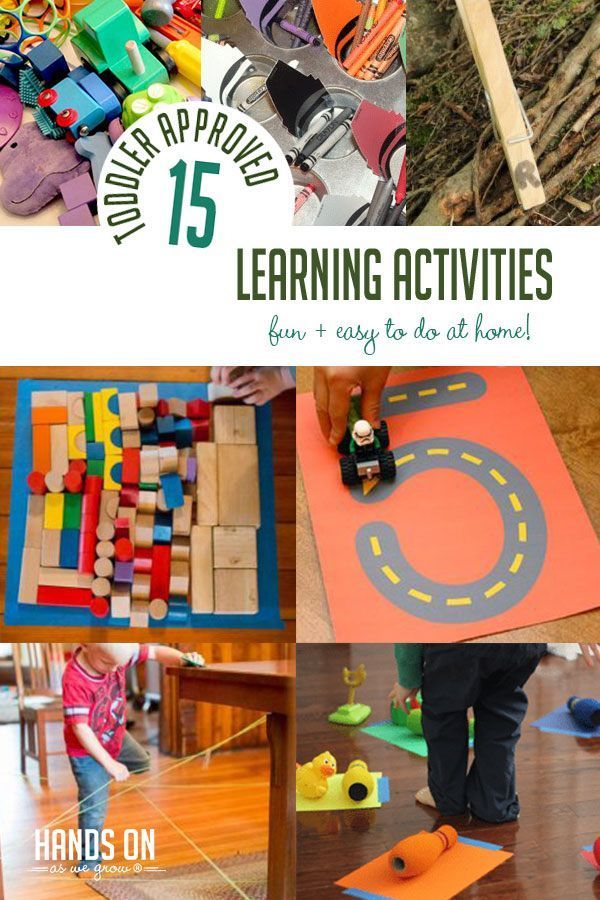 It is a great activity to promote the learning of letter names and the sounds that they make. Read more…..
It is a great activity to promote the learning of letter names and the sounds that they make. Read more…..
Indoor Camping: It’s raining, it’s pouring…..and we have been stuck inside a fair bit lately with the weather.
To entertain the kids and give them something to do we set up an indoor camping trip to beat the boredom and promote imaginative play. Here are a few ideas for setting up your own Indoor Campsite. Read more…..
Play Dough and Cardboard Tubes: “Rolling play dough balls down a cardboard tube ramp!” Lots of fun with play dough. Read more…..
Making Honeycomb, Exploring Bi-Carbonate Soda: After making our Homemade Volcano and watching the excitement on my kids’ faces as the vinegar and bicarbonate soda reacted together, I thought I would extend the fun, fizzing and frothing into the kitchen by making some simple homemade honeycomb. Read more…..
Free Printable Number Tracing Cards: This is a great way for kids to practice writing their numbers!! The Number Tracing Cards are a free printable that can be laminated to allow kids to draw on with a white board marker as it wipes away easily with a tissue. Kids can practice writing their numbers correctly and wipe it away and try again. Read more…..
Kids can practice writing their numbers correctly and wipe it away and try again. Read more…..
Name Collage: Making a name collage using pom poms is an activity that will help your child become interested in their name and the letters that make up their name. Read more….
Blackberry Finger Painting: An activity inspired by reading the children’s book Mr McGee and the Blackberry Jam by Pamela Allen. It had been a while since we have pulled out the paints so I thought we would get them out to do a little finger painting and incorporate it with our theme of blackberries. We made some blackberries using purple and black paint and our fingers. It is always so much fun painting with our fingers! Read more…..
Imaginative Play Baby Care Corner: Encourage imaginative play by setting up a Babies Care Corner. This would be a fabulous imaginative play area to set up for families who are expecting or have a new baby and for children who have a younger sibling.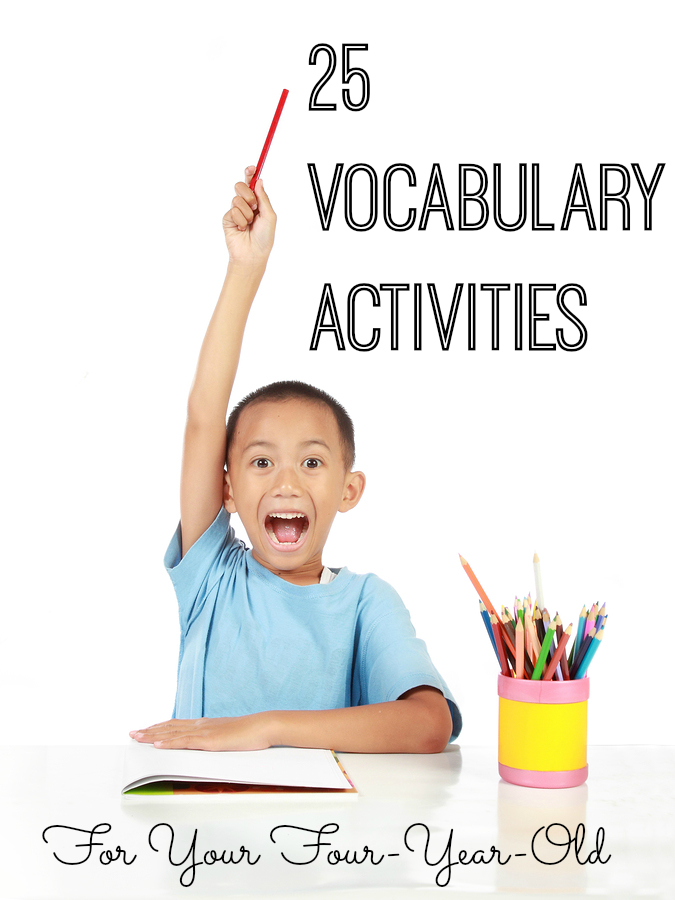 Read more…..
Read more…..
Colourful Sensory Play with Jelly: Ooey, gooey, slushy and messy! A fun sensory experience playing with Rainbow Jelly. Read more…..
Nature’s Paint Brushes: With the weather warming up, I have been planning more activities to do with the kids outside and I thought these paint brushes would be perfect for textured painting on a large paper canvas fixed to the fence. Read more….
Pasta Play dough: Let your child’s imagination run wild as they create and explore play dough and pasta. Read more…..
Ice Boats, Floating and Sinking: Water and ice are great for sensory play with kids as it engages children into a world of exploration and wonder. To make our water and ice sensory play experience a little more fun we turned the ice blocks into boats with a few simple materials. There is so much science to be explored with water and ice! Read more…..
Painting with Toy Cars: Rolling toy cars into paint and creating pictures with the patterns transferred from the wheels.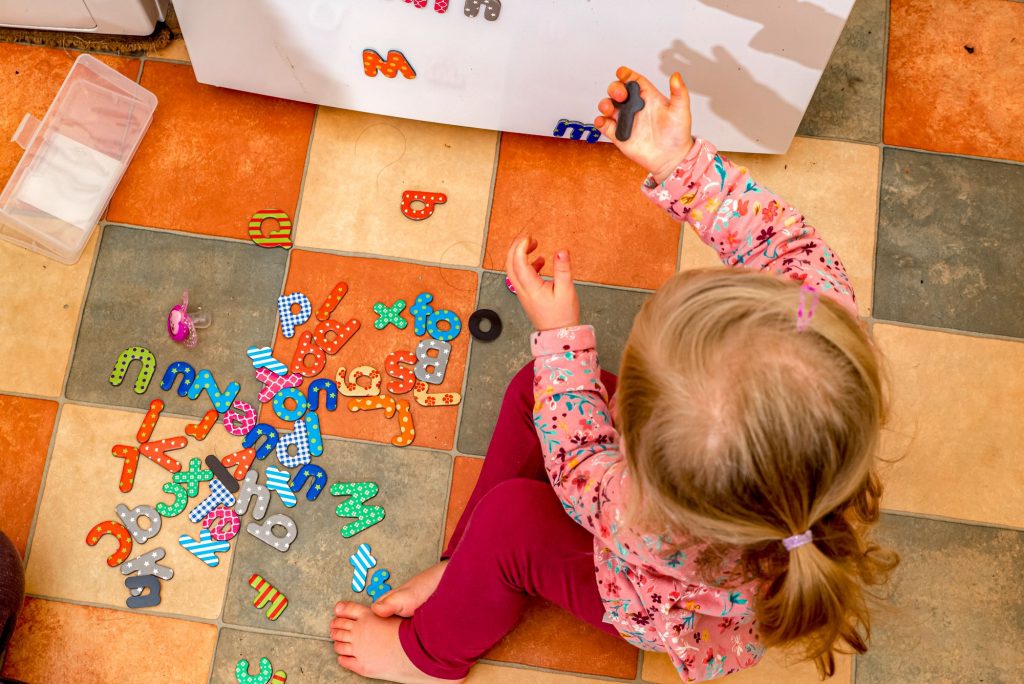 Read more…..
Read more…..
Sensory Play Rice and Bottle Tops: Developing fine motor skills through sensory play with rainbow rice and bottle tops that will also inspire the imagination and creativity. Read more…..
Make Your Own Solid Numbers: Combining science and learning numbers together in the one activities. Read more…..
How to make Hanging Crystals?: Stalactites and stalagmites are formed in caves by water dripping or flowing from fractures on the roof of the cave. To try and imitate this we set up an experiment to grow salt crystals hanging from a string of wool. Read more…..
Play Dough Cupcakes: There is so much fun to be had creating pretend cupcakes as kids have the freedom to explore the imaginary world. This is a great activity to introduce and sing the Pat-a-Cake nursery rhyme. Read more……
Imaginative Play Vet Hospital: Imaginative play would have to be one of my most favourite kinds of play. Today I am sharing with you our imaginative play Vet Hospital and some simple ideas for setting one up in your home to encourage this play. Read more…..
Today I am sharing with you our imaginative play Vet Hospital and some simple ideas for setting one up in your home to encourage this play. Read more…..
General characteristics of the educational activity of a preschooler - Mega-tutorial
The problem of educational activity is one of the central problems in developmental and pedagogical psychology. Education of children in preschool institutions is considered in our country as a preparatory stage of primary school education. Education does not replace either games or labor education, but is closely connected with them in the general pedagogical process.
In scientific and theoretical terms, the problem of the nature of the educational activity of preschoolers was raised at the turn of the 19th-20th centuries. Some researchers believe that there are no fundamental differences between the nature of learning in the preschool and school years, they believe that already, for example, from the age of three, a child's learning can be considered from the same positions as the teaching of schoolchildren.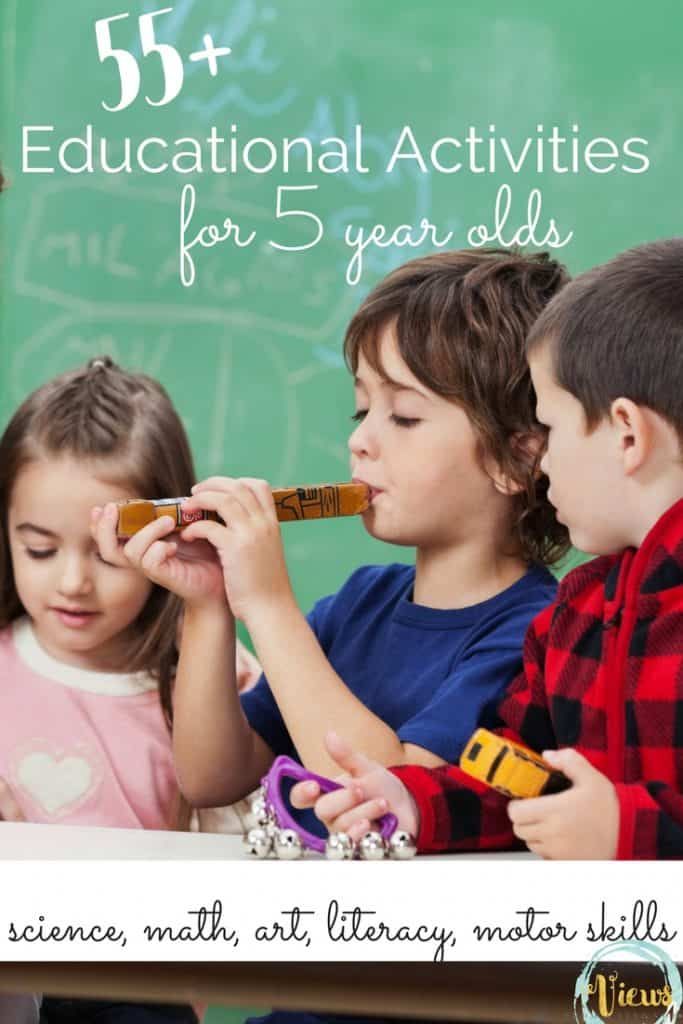 This point of view was held by the German psychologist O. Kro. In his opinion, a child at this age is able to assimilate the knowledge transmitted to him - is able to learn.
This point of view was held by the German psychologist O. Kro. In his opinion, a child at this age is able to assimilate the knowledge transmitted to him - is able to learn.
V. Stern formulated the opposite point of view. The knowledge that a child acquires in the first six years of life, he believes, is acquired in a very special way. A preschool child does not yet have a “conscious will to learn”, but for a schoolchild, learning means a conscious intention to assimilate and make this material his property for the future, preserving it in its entirety. Stern believes that the preschool child is so captured by the present moment that he is still far from intending to acquire anything for the future. His teaching itself is only a product of another activity, an "unconscious selection" of impressions that the environment provides him with in abundance.
V. Stern's distinction between the cognitive and volitional aspects of teaching is very important. However, one cannot agree with him in the decisive opposition between preschool and school teaching. Absolutization of the difference between these forms of teaching (as well as their identification) closes the way to understanding their true connection, to understanding the process of the emergence of educational activity and its transition to more developed forms.
Absolutization of the difference between these forms of teaching (as well as their identification) closes the way to understanding their true connection, to understanding the process of the emergence of educational activity and its transition to more developed forms.
J. Piaget formulated the conclusion that in the process of the child's socialization (adaptation to the conditions of life), the structures of the operations of the intellect develop. The emergence and development of higher intellectual operations ("concrete operations", "formal operations", "invariance", "reversibility", etc.) proceed according to their own laws. Learning can only speed up or slow down the process of mental maturation, but does not significantly affect it. J. Piaget and his followers believe, for example, that until a child has matured logical operational thinking, it is pointless to teach him the ability to reason. Education must obey the laws of child development.
LS Vygotsky considered the psychological characteristics of preschool learning in close connection with the analysis of the content of pedagogical influences.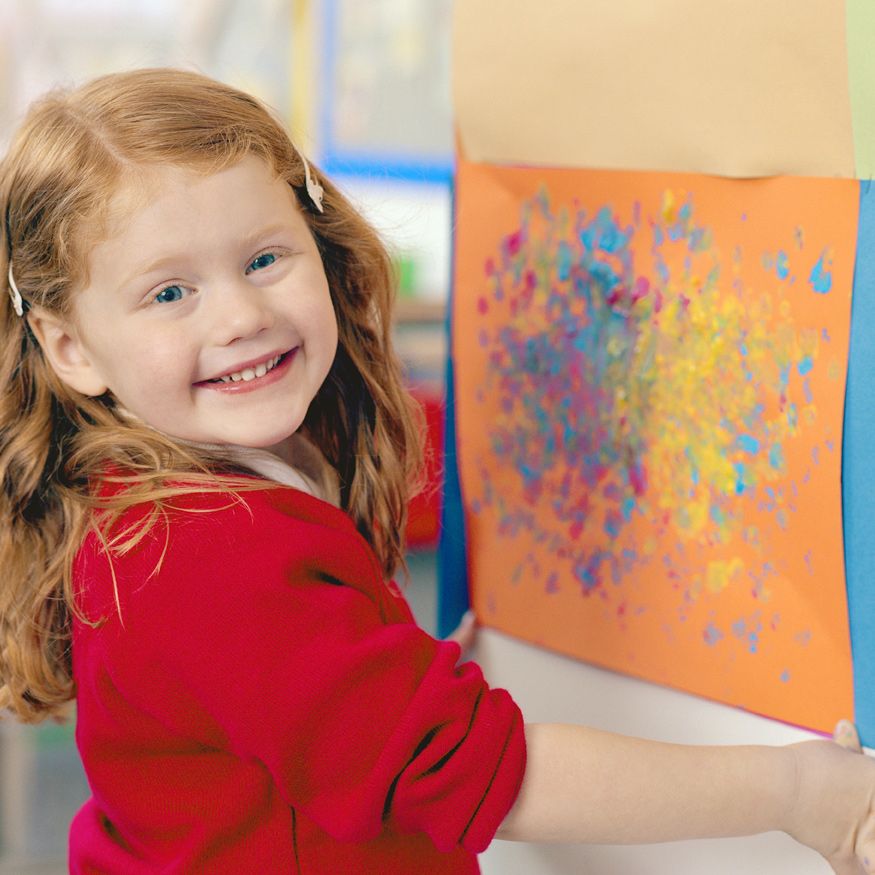 Vygotsky considers the child's attitude to the requirements of an adult to be the most important factor determining the nature of preschool learning. The scientist calls these requirements conditionally the program of the one who teaches the child.
Vygotsky considers the child's attitude to the requirements of an adult to be the most important factor determining the nature of preschool learning. The scientist calls these requirements conditionally the program of the one who teaches the child.
For the first three years, the child learns, as it were, according to his own program, and not according to the program of his mother and other educators. During this period, no one makes special demands on the timing of the child's assimilation of certain knowledge and skills, on the sequence of this process. The educational program still subjectively does not exist for a child in early childhood. Before he is able to learn systematically, he goes through a preparatory stage. At this stage, new demands on the child from other people should gradually turn into his "own program". And only by the end of the preschool period the child begins to study according to the program developed by adults, approaching the requirements of the school.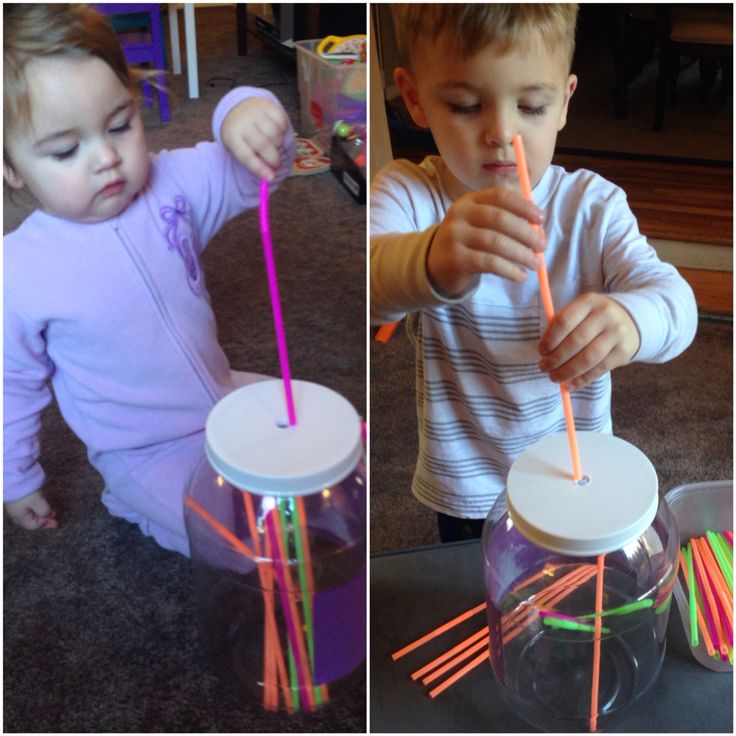
LS Vygotsky connects the transition to such a teaching with the formation of a readiness to master the logic of the subject of each science, formulates the requirements for knowledge that should be provided for by the preschool curriculum. In his opinion, the preschool program should give a correct interpretation of elementary physical, biological, social phenomena and perform the function of a kind of “prediction”, or “prehistory”, of further learning at school. That is why already at preschool age it is necessary to introduce the child into different areas of reality. It is necessary to open for the child the world of animate and inanimate nature, the world of people, music, verbal and other forms of art. Such teaching should be completed by mastering the skills of reading, counting, writing, i.e., mastering those skills that at the next stage of development will play the role of the main ways of mastering the basics of knowledge.
The program of preschool education, according to L. S. Vygotsky, should 1) bring the child closer to learning according to the school curriculum, i.e. expand his horizons, readiness for subject education, and 2) be the program of the child himself, i.e. answer his interests and needs.
S. Vygotsky, should 1) bring the child closer to learning according to the school curriculum, i.e. expand his horizons, readiness for subject education, and 2) be the program of the child himself, i.e. answer his interests and needs.
The process of preschool education is understood by L. S. Vygotsky not as a rough pressure on the child or "crowding out" of children's concepts by more developed concepts of adults, but as a restructuring under the influence of pedagogical influences of the very relations of the child with the surrounding reality, as a change in the nature of the child's activity and his consciousness .
LS Vygotsky also put forward and clearly formulated the thesis about the leading role of education in the mental development of the child: education goes ahead of development and leads it along.
Many of L. S. Vygotsky's thoughts were developed in the studies of A. N. Leontiev, P. Ya. Galperin, L. I. Bozhovich, D. B. Elkonin, A. V. Zaporozhets, V.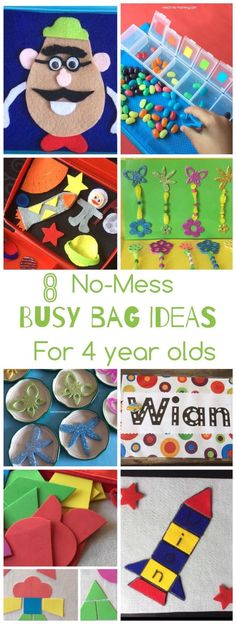 V. Davydov.
V. Davydov.
AN Leontiev paid special attention to the analysis of the ways of mastering knowledge, the role of communication in the educational process and the development of motives for learning activities. The most important aspect of learning, in his opinion, is communication. The child is not able to independently organize his activities in accordance with the content that needs to be learned. In this regard, communication with adults in the process of mastering skills and knowledge plays an extremely important role.
The child's activities must be organized in accordance with the content of the knowledge being communicated. The possibility of forming new practical and mental actions opens up only through the special organization of such activity of the child.
AN Leont'ev considered another equally important aspect of the child's educational activity—its motives and internal structure. Teaching is characterized not only by the methods of assimilation and the presence or absence of a direct educational goal, but also by what the child learns for, acquires new knowledge.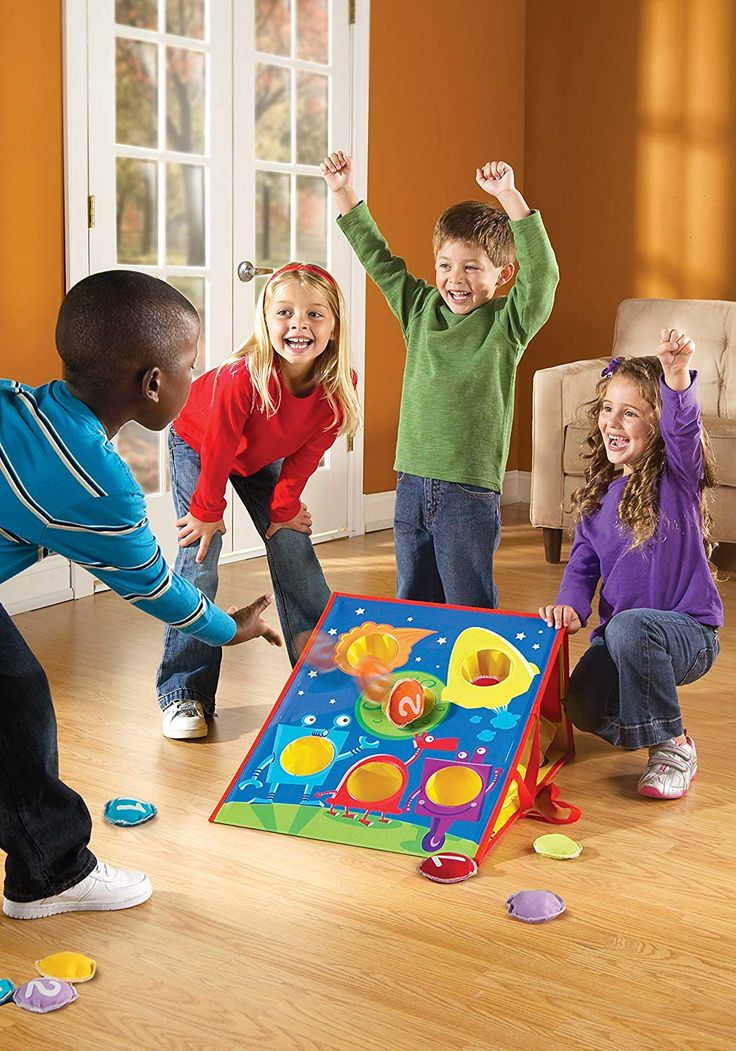
The relationships that a child establishes in the course of learning between the direct goal of “assimilating”, “learning” and the motives of assimilation characterize for him the meaning of the actions performed, the psychological content of his activity as a whole. Such an analysis of the "meaning" makes it possible to judge whether the child's activity in a given situation is educational. If the activity contains learning tasks and the child is active in solving them, but learning as a whole is stimulated by the motives of some other activity (play, work, etc.), then in such cases there is still no established learning activity in the true sense of the word.
Studies conducted under the guidance of A. V. Zaporozhets show that preschool children first form learning motives for actions. With the appropriate organization of the child's activities, these motives easily arise in situations related to the game, simple labor assignments, and productive activities.
In the process of solving game, visual and practical tasks that are offered to the child for various educational purposes, along with the emergence of interest in new activities, there is also a more active attitude towards what adults introduce the child to, what is proposed to be learned. This attitude has a positive impact on the adoption of new requirements for the child's methods of activity. Thus, despite the absence of educational motives for activity, in general, cognitive and educational motives for specific actions can already appear in it.
This attitude has a positive impact on the adoption of new requirements for the child's methods of activity. Thus, despite the absence of educational motives for activity, in general, cognitive and educational motives for specific actions can already appear in it.
Research by A. P. Usova, N. P. Sakulina, V. G. Nechaeva, E. I. Radina, L. A. Penievskaya, Sh. visual, constructive, playful and practical activities in order to expand the horizons of the child, the formation of new ideas, concepts and methods of activity. Despite the fact that in such situations there are still no educational motives for activity, with appropriate influence they can easily arise in relation to directly performed actions. As the data of pedagogical and psychological research show, the appearance of these motives does not pass without a trace for the child and the results of his activity.
The child's activity in mastering new actions and the required information increases, and an educational element appears in his activity, which complicates its internal content and at the same time expands the possibilities for independent application of the acquired experience and more active acceptance in the future of similar educational requirements.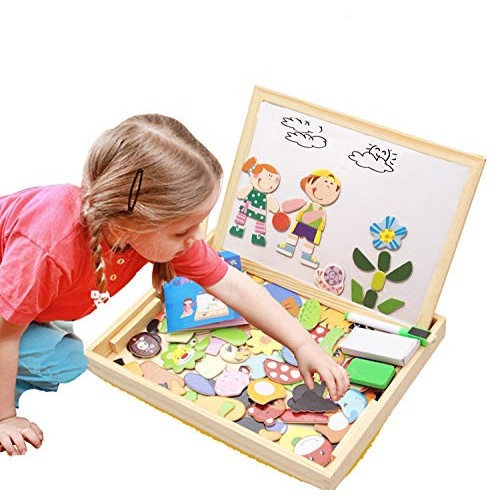
Peculiar relationships between the motives of specific actions and the motives of activity as a whole arise in the situation of such training sessions, where there is no objectively expressed result and where the child, as it were, is deprived of external auxiliary supports.
Recently, researchers have paid special attention to the issue of the emergence of educational motives for the assimilation of specific actions within the framework of not only educational, but also gaming, practical and productive activities. Before considering the main issues related to the educational activities of preschoolers, it is necessary to characterize some of the concepts related to this topic: “teaching”, “learning activity”, “educational-cognitive activity”, “cognitive activity”.
The terms "learning activity" and "teaching" can be used as synonymous. The educational activity of preschoolers is born and develops within the framework of a creative role-playing game. The central tasks of educational activity are the assimilation of knowledge, skills, mental abilities and the culture of mental work, that is, the formation of the child's psychological readiness for school.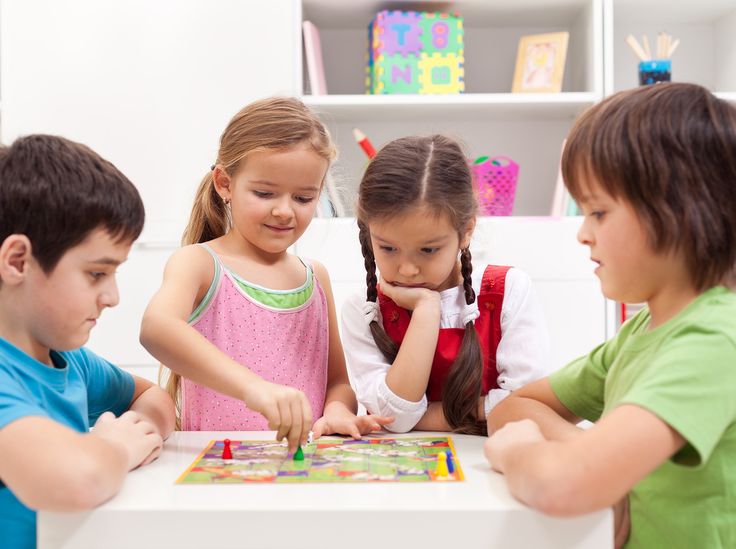
The terms "learning activity" and "educational-cognitive activity", "cognitive activity" have a certain commonality, but also specific differences. Cognitive activity is a broader concept than the other two. For a preschooler, cognitive activity proceeds, as a rule, in an educational and cognitive form.
The concept of "learning activity" is broader than "educational and cognitive activity", since in the course of the exercise not only cognitive, but also training actions are used, associated with the development of skills and abilities.
When describing the educational activities of preschoolers, the concepts of "action", "operation", "reception", "skill", "skills" are used. Activity is carried out with the help of a set of certain actions-processes that are subject to conscious goals. The ways in which actions are carried out are called operations. A set of certain operations can be called a method of activity. Conscious possession of any method of activity is called skill.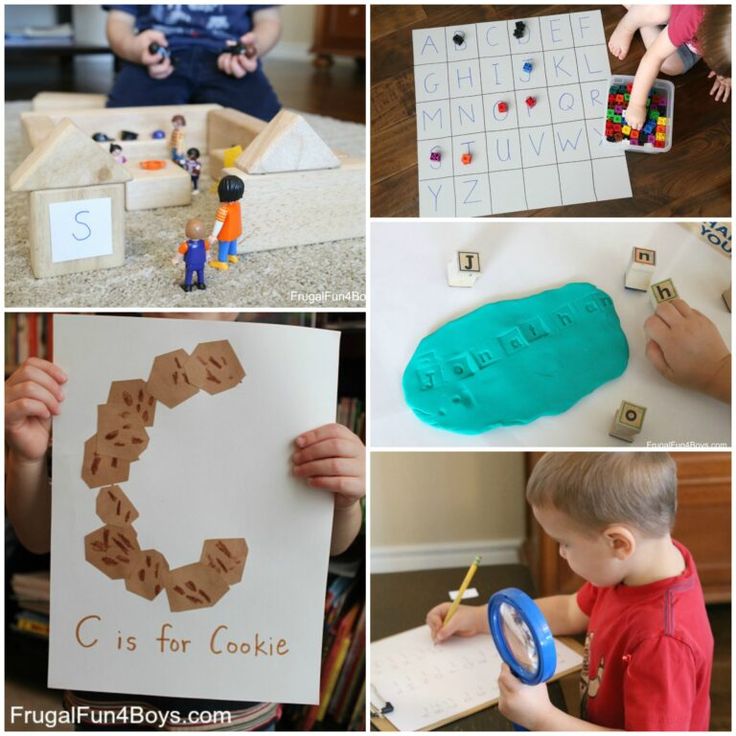 Skill, brought to a realistically possible automatism, is already characterized as a skill. The terms "skill" and "skill" reflect the level of formation of the corresponding actions.
Skill, brought to a realistically possible automatism, is already characterized as a skill. The terms "skill" and "skill" reflect the level of formation of the corresponding actions.
In educational activities, preschoolers must master certain skills and abilities; must master the ability to learn. To accomplish this task, it is necessary to clearly define what prerequisites for educational activity should be formed among preschoolers, what are the conditions for its development, what levels of educational activity can be distinguished, and determine the stages of a child's readiness for learning and learning.
School education must remain child-centric - Nauka - Kommersant
answers Vitaly Rubtsov, Doctor of Psychology, Rector of the Moscow City Psychological and Pedagogical University
questions Elena Falbanskaya
photo Natalia Kogan
Photo: Natalya Kogan
The academic year 2015/2016 will be new not only in the calendar sense of the word - a new educational standard is being introduced in Russian schools.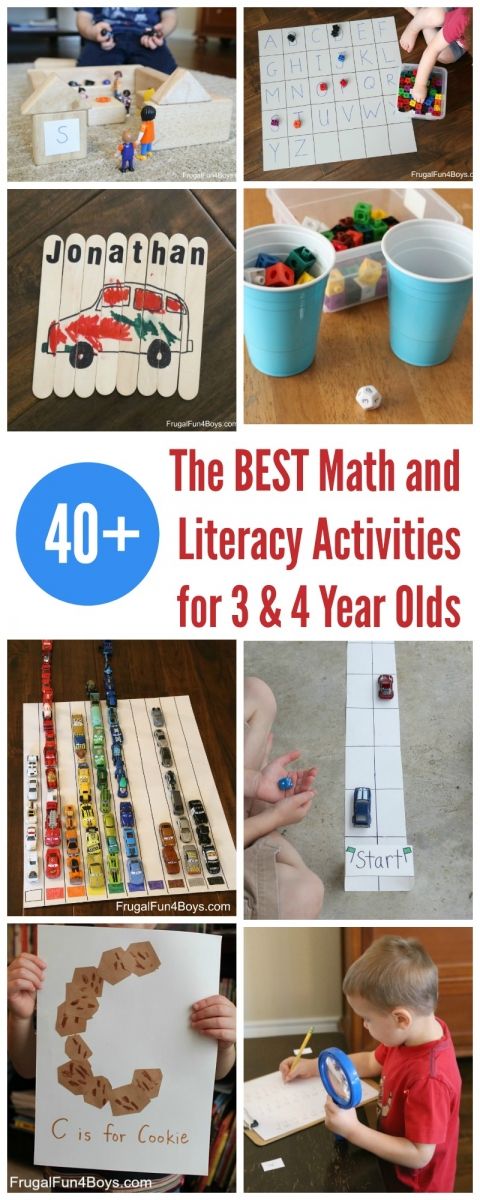 This is a fundamentally new task for both the teacher and the student; and an additional complexity in the educational process is introduced by the increasing information dependence of modern schoolchildren. Two interviews taken by "Science" on the eve of the start of classes show how pedagogical science answers these and other topical issues of school education.
This is a fundamentally new task for both the teacher and the student; and an additional complexity in the educational process is introduced by the increasing information dependence of modern schoolchildren. Two interviews taken by "Science" on the eve of the start of classes show how pedagogical science answers these and other topical issues of school education.
The Information Age is changing the paradigm of the entire education system, and is making especially significant adjustments to school education. Elena Falbanskaya spoke with Vitaly Rubtsov, Rector of the Moscow City Psychological and Pedagogical University, about the changing role of the school and the teacher.
More and more people talk about the reform of school education in the context of the information society. How does the psychological support of education change in the age of the boom of new technologies?
The world is really becoming informational, and informatization of education is a very important trend.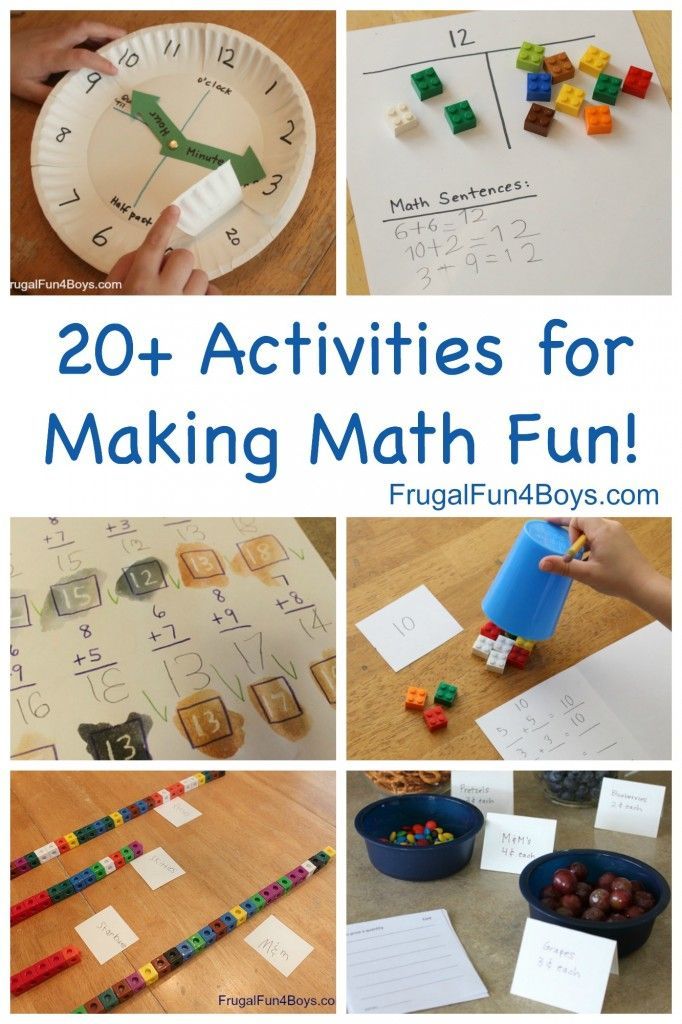 But psychological and pedagogical science claims that the basis of education should remain the features of the mental development of the child. These laws, as was shown long ago, have an age aspect. And the problems of age development are tightly tied to the motives of learning. That is, the main task of the educational environment remains the formation and preservation of the child's motivation for learning, for gaining knowledge. Yes, we must also build an education system focused on the inclusion of new technologies. But it should be borne in mind: you can instill information skills in children, but lose the main thing - motivation. I believe that it is necessary to treat IT as another trend of the times - certainly very important and necessary - and see them as a tool for learning activities, during which the child will learn "the ability to learn", the ability to think independently. School education must remain child-centric: we must focus on the inclinations, capabilities of each child and on the age characteristics of the development of children, and not put new learning technologies based on the use of a computer at the forefront - they must somehow remain a means.
But psychological and pedagogical science claims that the basis of education should remain the features of the mental development of the child. These laws, as was shown long ago, have an age aspect. And the problems of age development are tightly tied to the motives of learning. That is, the main task of the educational environment remains the formation and preservation of the child's motivation for learning, for gaining knowledge. Yes, we must also build an education system focused on the inclusion of new technologies. But it should be borne in mind: you can instill information skills in children, but lose the main thing - motivation. I believe that it is necessary to treat IT as another trend of the times - certainly very important and necessary - and see them as a tool for learning activities, during which the child will learn "the ability to learn", the ability to think independently. School education must remain child-centric: we must focus on the inclinations, capabilities of each child and on the age characteristics of the development of children, and not put new learning technologies based on the use of a computer at the forefront - they must somehow remain a means.
So new technologies should, first of all, serve to individualize learning?
Yes, today we must build an educational process that is maximally focused on the characteristics of the child. New tools in education are also needed in order to build at school those types of joint educational and cognitive work of schoolchildren that will allow the most efficient use of computer technology, but in line with the already established rules in the system of developmental education. Criticism of professional school psychologists against various reforms of the Russian education system is connected precisely with this. We say that technological trends should be viewed through the prism of the needs of the child himself. It cannot be considered that the development of information skills is the pinnacle of learning. Teachers should understand that the main goal of education is the development of the student.
The introduction of a new educational standard involves the transition from traditional education to activity-oriented learning.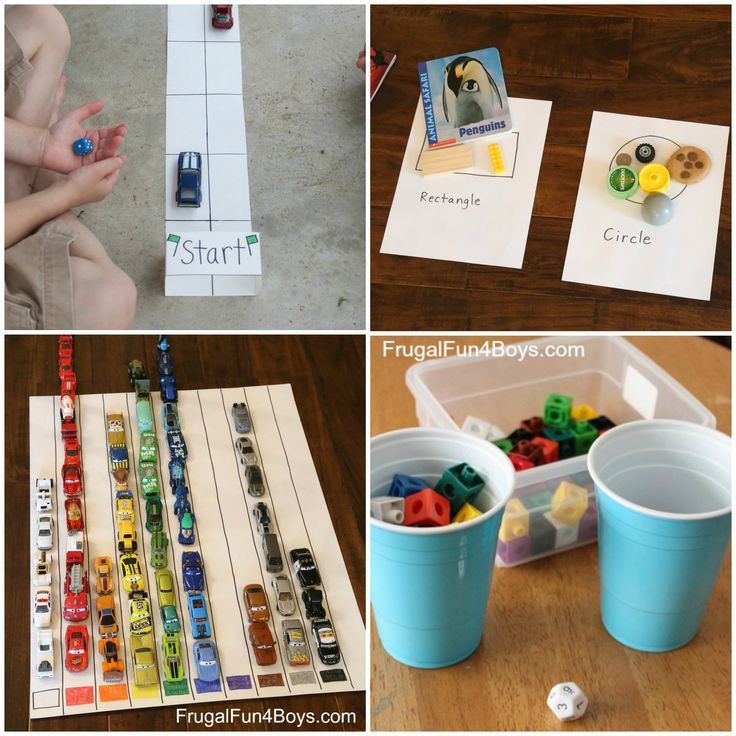 What are its key features?
What are its key features?
This approach is based on the traditions of D.B. Elkonin - V.V. Davydov, which developed by the beginning of the 1990s and assumes the obligatory correspondence of the educational activities of schoolchildren to their age and individual characteristics.
General Federal Standards now hold keys to keeping kids motivated at different ages. This standard was developed with the active participation of psychologists and teachers focused on our best scientific schools. I am talking about the cultural-historical theory of L.S. Vygotsky and the activity approach to the origin of human psychology, which was proposed by A.N. Leontiev and S.L. Rubinstein. They understood that the development of a child's personality and cognitive abilities should be based on the work of children together with each other and with adults.
The standard was based on several basic principles. First, it is focused on the age characteristics of children. Secondly, it is closed to the specifics of the child's activities at a particular age.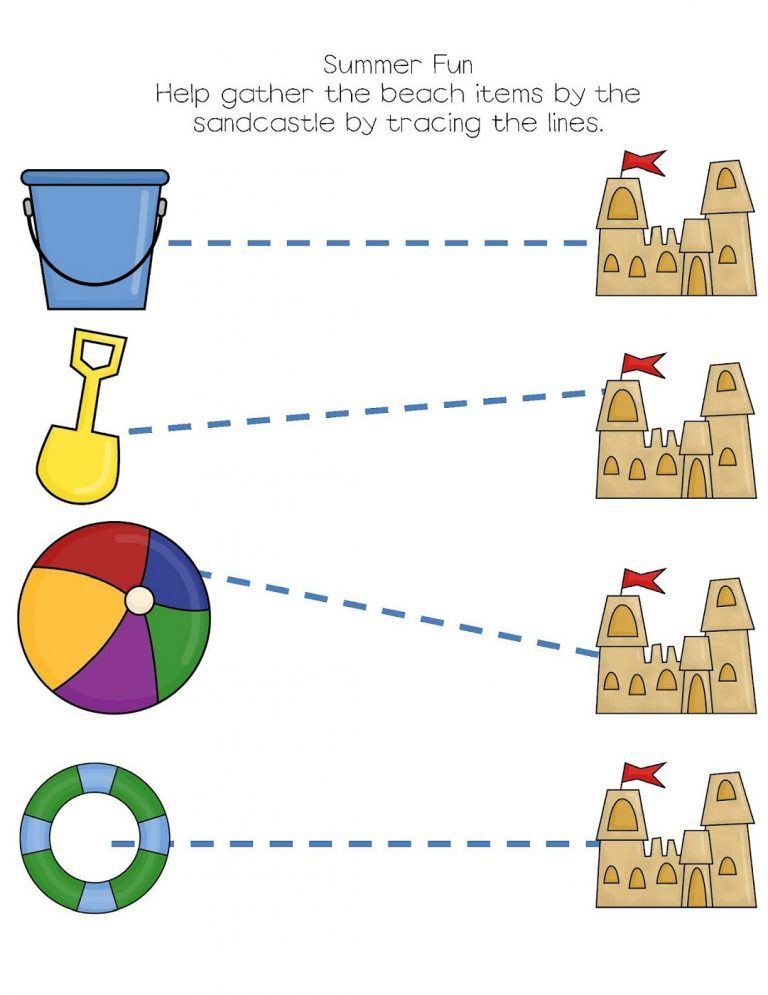 The standard provides that in elementary school, the development of a child is built according to the type of special educational activity - with special educational tasks that become the basis for the joint work of children and adults.
The standard provides that in elementary school, the development of a child is built according to the type of special educational activity - with special educational tasks that become the basis for the joint work of children and adults.
More importantly, the new standard also sets learning outcomes: the formation of meta-subject competencies and personal educational outcomes. This is a big shift. Previously, we focused more on subject methods: if you teach a child mathematics, then he must grow up to be a good mathematician; you teach a child to read and write - you concentrate on the subject content, you teach it. Now the teacher must form meta-subject competencies, that is, he must understand well the connection between mental and personal development and learning. A child in elementary school should not only receive knowledge, but also - I repeat - "learn to learn", comprehend the basics of theoretical thinking, take responsibility, get used to being proactive. It is imperative to form personal educational results - those that keep the child motivated to learn.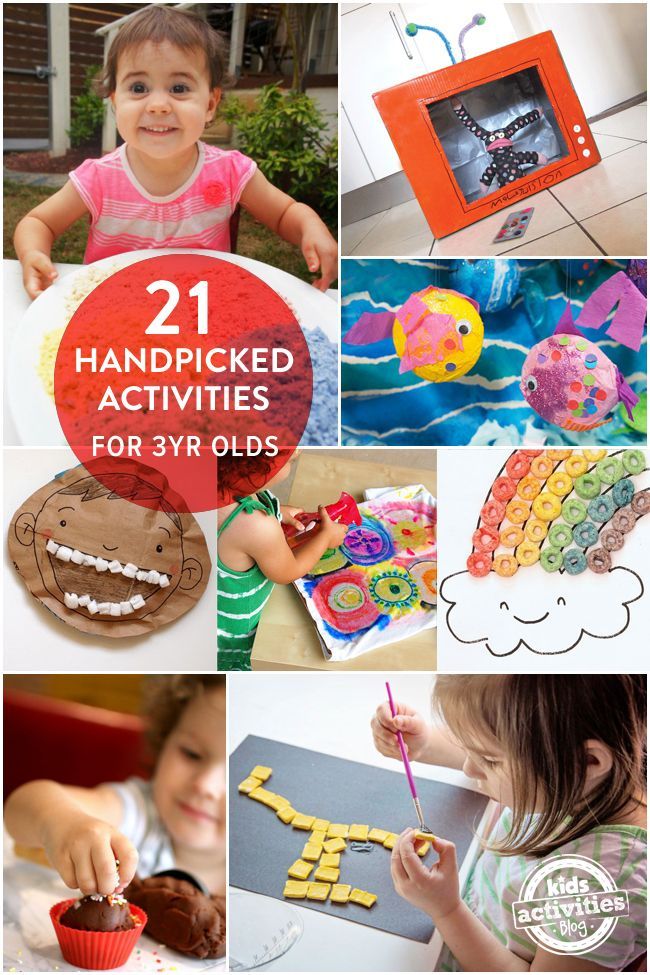 Previously, there were ready-made prescriptions, answers, but now, when we are moving away from the traditional learning model, they are not.
Previously, there were ready-made prescriptions, answers, but now, when we are moving away from the traditional learning model, they are not.
Russia has a unique system of schools of activity pedagogy — no other country has such a large number of original schools focused on the development of children. Many foreign schools use this experience. For example, the success of reforming the Finnish school system, so widely discussed, was actually associated with an excellent understanding of the characteristics of child development identified by our scientists. I was recently in a Finnish kindergarten - as if I was in a Moscow kindergarten, the work is organized the same way.
In general, now the effectiveness of the school education system in Russia depends on whether we will be able to implement the requirements of the new standard. The intellectual potential of the nation is directly related to the quality of work in the Russian school with gifted and motivated children. In Korea and Finland, for example, their share of the total number of students reaches 25%, while in our country it is still less.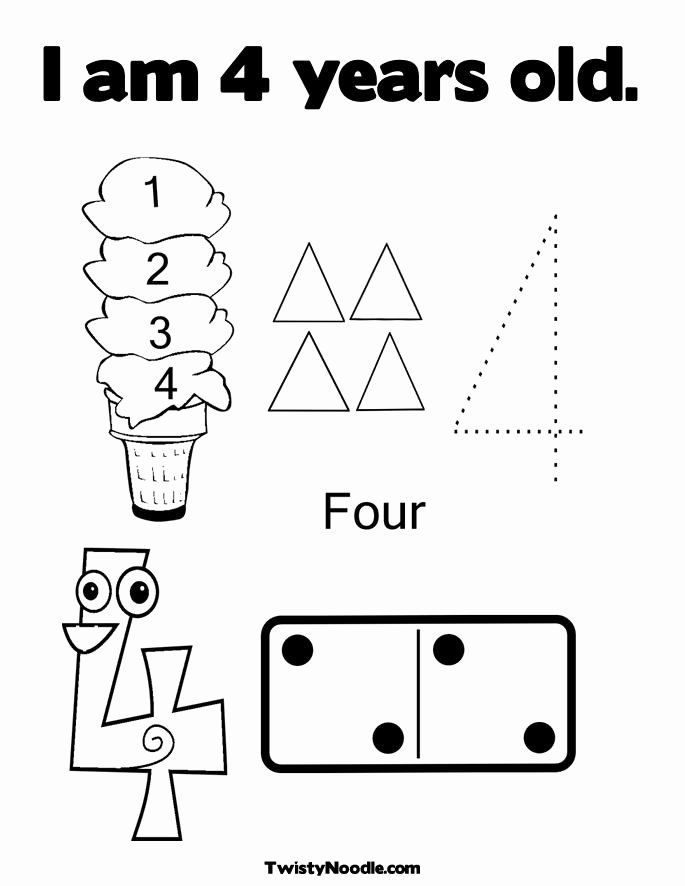 But this is already a problem of identifying such children.
But this is already a problem of identifying such children.
What else determines the effectiveness of the transition of the Russian school to the new Federal State Educational Standard?
This fundamentally new situation in Russian education requires a new teacher. Not just a subject teacher, but someone who knows the age-related characteristics of children's development, understands how learning activities should be structured for children of different ages, the specifics of this activity at each stage of education and the formation of a child's personality, and is able to evaluate the results himself. There is little formal understanding that learning should go hand in hand with development.
For the second year, we have been running a joint project of the Moscow State University of Psychology and Education and the Higher School of Economics to modernize teacher education under a grant from the Ministry of Education and Science. A difficult question: what kind of teacher is needed in order for children to develop in the way that the federal educational standard projects, how to train such a teacher? Previously, there were few psychological and pedagogical disciplines in the curriculum, psychological ones proper, and most importantly, practical training.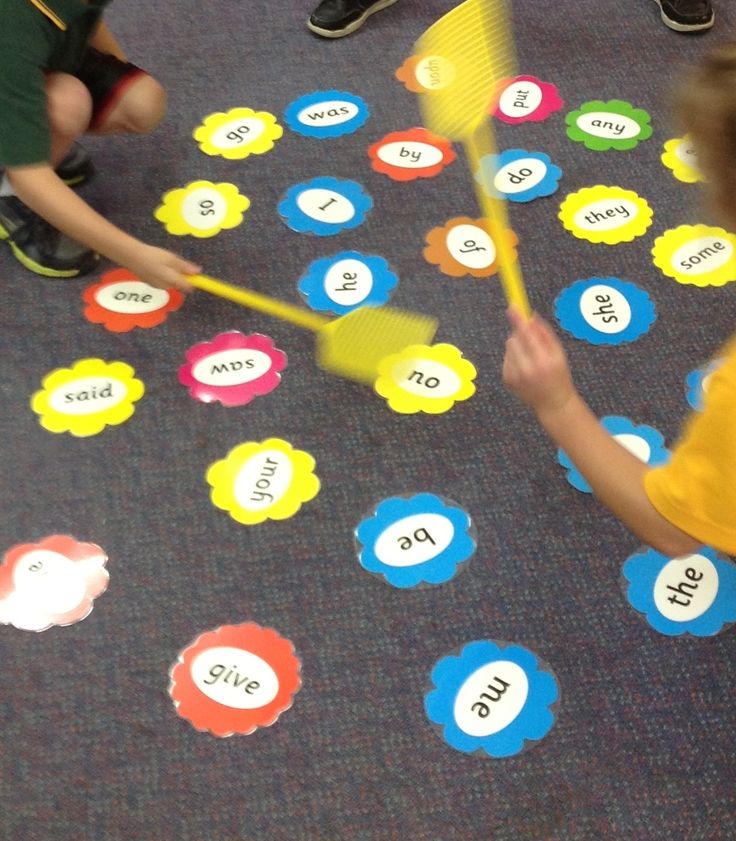 As a result, students of pedagogical universities received theoretical training, and then found out that working with children in real conditions is much more difficult.
As a result, students of pedagogical universities received theoretical training, and then found out that working with children in real conditions is much more difficult.
Within the framework of our project, firstly, we teach students the labor skills that are now included in the professional standard of a teacher. The new teacher refuses the role of the head of the class, he is ready either to rise above the team, telling "how it should be", or to sink to the level of children in order to be "his own". In both roles, he does not teach, but helps to learn. He must be able to organize active learning activities, participate in the creation of individual training programs. He needs a deeper psychological preparation. The teacher must be able to create and maintain the child's motivation for learning and development.
Secondly, we came to the conclusion that the training of a future teacher itself should be built on activity foundations - on the same tasks, projects, research.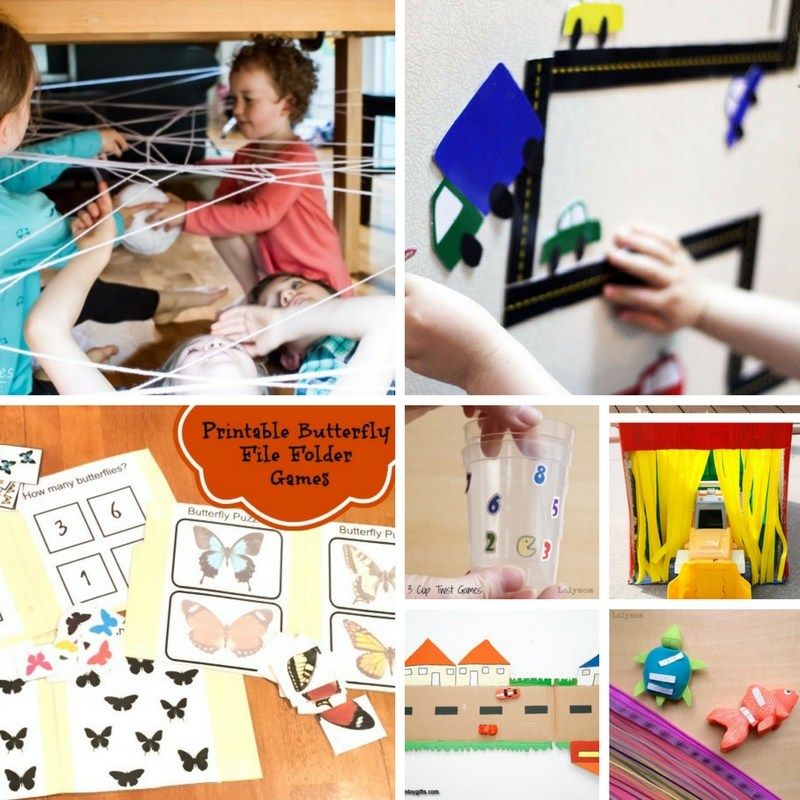 The teacher must learn his future work in the same way as he will teach children later. That is, teacher training should be based on a practice-oriented approach. In experimental teacher training programs (16 universities and another 40 co-executing universities became training grounds), up to 50% of the training time for bachelors is devoted to practice, for masters - more than 70%.
The teacher must learn his future work in the same way as he will teach children later. That is, teacher training should be based on a practice-oriented approach. In experimental teacher training programs (16 universities and another 40 co-executing universities became training grounds), up to 50% of the training time for bachelors is devoted to practice, for masters - more than 70%.
How does the interaction between a teacher and a student change in a modern school?
And they used to say that the school is not the only authority, that the school situation is only one of the situations in the formation and education of the child, that the information field in which children live is expanding. All this is true. The school has a serious competitor: the information environment (not a computer as a tool for accessing the network, but the very possibility of accessing information). This is a serious argument in favor of the education system being as flexible as possible in relation to children, in favor of enabling the teacher to independently experiment with the forms of systemic-activity work.